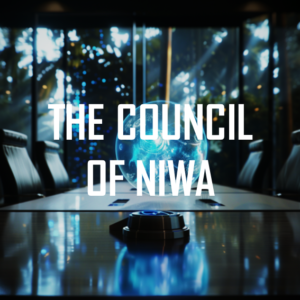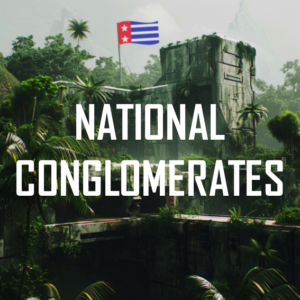15 years ago, as Earth stagnated in the grip of a bitterly cold war for what precious few resources remained to us, the interstellar probe Fortune – forgotten by all but a few dedicated enthusiasts – changed everything.
Fortune sent back details of an astonishing find – a habitable planet, tantalisingly close. The planet, dubbed Niwa (Garden) by the Japanese scientist leading the research team, sparked new hope in humanity and new conflict as the world’s powers raced to be the first to claim Niwa and its treasures.
The second space race came close to crashing the global markets as nations and multinational corporations alike sunk all their resources into interstellar transport.
The cold war turned hot as nations pushed to dominate this new space race. Proxy wars broke out rapidly across the planet, while esoteric cyber and financial warfare systems were unleashed in the shadows. While never turning into total war, the discovery of Niwa drove humanity to the brink of destruction.
Alliances were forged and shattered, treaties torn and negotiated until three international groups emerged. The Global Interoperability Council, The League, and Shanghai Cooperation Organization – loose federations of allied or like-minded nations bringing their pooled resources to bear in the desperate race to make it to Niwa.
Earth’s corporations, too, were not left idle. Hungry to get in on the action, tore each other apart in a frenzy of mergers, hostile acquisitions, and rapid technological development. In the end, six vast megacorps were left standing, holding various contracts and keys services for any planned mission to Niwa: Universal Banking Group, Persephone, Caine Enterprises, Wey-Tani Industrial, Losanna and Prometheus Communications Group.
As the world stood on the very brink of self-destruction, something, some last shred of reason, pulled humanity back from the edge.
One thing was clear: no single government alliance or company would be able to support the kind of mission needed to access Niwa’s desperately needed resources.
These nine major Factions were bound together under the Treaty of Niwa, with the singular goal of reaching Niwa formed the megaproject colony-ship “Mandjet”.
The initiation of the Mandjet Project was a true unifying force – every nation-state, corporation, and non-government organisation on Earth wanted to be part of it. And just as well – the vast cost of the Mandjet Project required the investment of resources, expertise and capital on a scale never before seen. Each of the project’s main sponsors had their own reasons for getting involved – be it altruistic, a spirit of scientific discovery, a desperate need for resources, or raw commercial opportunity.
Yet by the end of the project, even these colossal mega-organisations were stretched to breaking point by the construction of the Mandjet and the supply ships which would follow in its wake, shuttling much-needed colonists and high-tech equipment to the Niwa colony before filling their holds with raw materials and exotic wonders.
When the Mandjet finally launched and set sail, no Faction could afford to let the mission fail.



